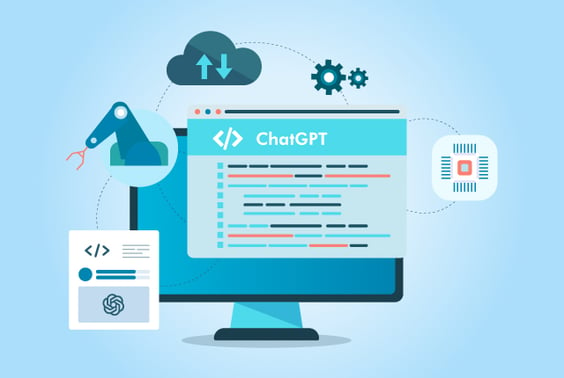
ChatGPT and similar language models can automate specific tasks related to natural language understanding and generation. However, it's important to note that ChatGPT itself is not a replacement for automation; instead, it is a tool that can be integrated into automated systems.
Automation involves the use of technology to perform tasks without direct human intervention. ChatGPT can be employed in various automation scenarios, such as customer support chatbots, content generation, language translation, and more. These applications can streamline processes, enhance efficiency, and provide a better user experience.
ChatGPT and automation can be powerful in creating more user-friendly interfaces, improving customer support, and streamlining various processes. However, the extent to which automation, including language models, replaces certain tasks or jobs depends on specific applications, industries, and societal choices. Automation will likely continue to evolve and impact various aspects of work, but the relationship between automation and language models like ChatGPT is one of collaboration rather than direct replacement.
However, the extent to which ChatGPT or similar models replace jobs or tasks depends on the specific context and implementation. While these models can handle routine and repetitive tasks, certain complex and nuanced tasks may still require human involvement. Additionally, ethical considerations, data privacy, and the need for empathy and creativity in certain situations may limit the complete automation of certain roles.
In summary, ChatGPT is a tool that can contribute to automation in specific domains. Still, the broader impact on employment and tasks depends on how these technologies are integrated and the nature of the automated tasks.


Post a Comment